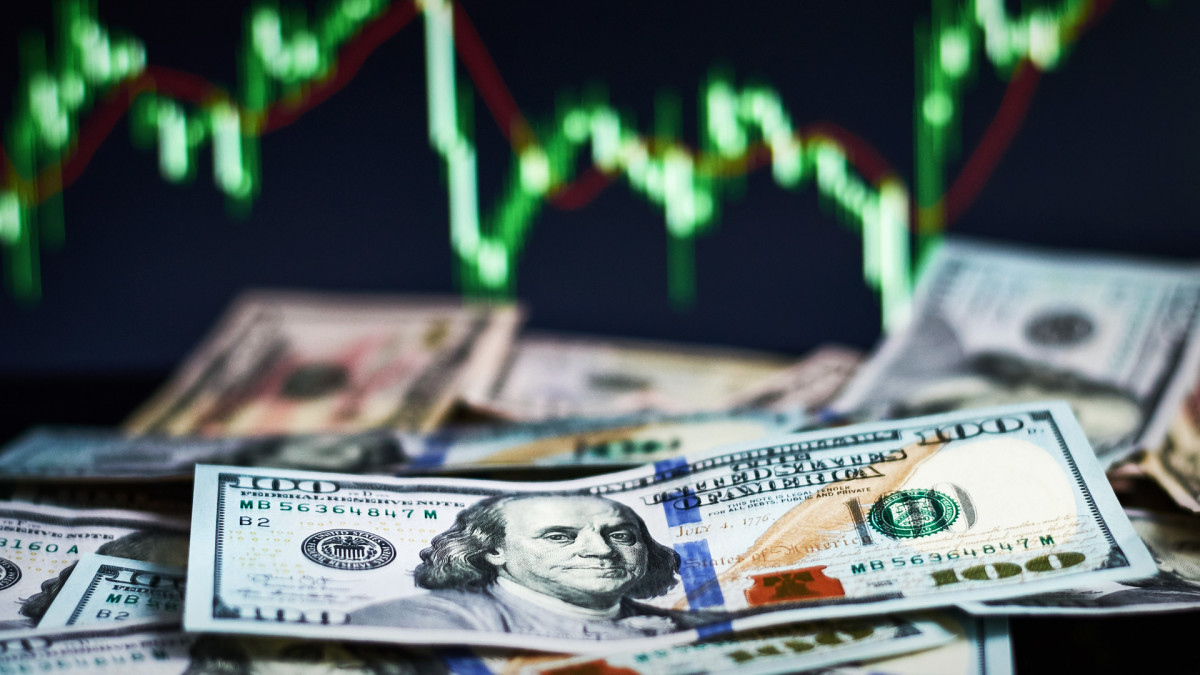
U.S. inflation quickened for a second consecutive month in August, data from the Commerce Department indicated Wednesday, adding yet another layer of complexity to the Federal Reserve's efforts to tame consumer price pressures.
The Bureau of Labor Statistics said its headline consumer price index for August rose 3.7 from last year, faster than the 3.2% pace recorded in July and just ahead of the Wall Street consensus forecast of a 3.6% advance. A big jump is gas prices powered the year-on-year increase, with the Energy Department recording a 6.5% gain from July prices to around $3.954 per gallon.
On a monthly basis, inflation was up 0.6%, the BLS said, compared with a 0.2% reading in July and the Wall Street forecast of 0.6%. Monthly inflation peaked at 1.3% in June of last year.
Overall inflation ticked up in August as expected thanks to gas. But the overall trend in core inflation is still very encouraging. In the past 3 months, prices excluding food and energy have been growing at an annualized rate of just 2.4%! https://t.co/YEKQXeL8aQ pic.twitter.com/bBMKk9P1ef
— Julia Pollak (@juliaonjobs) September 13, 2023
Annual inflation peaked at a four-decade high of 9.1% in June of last year. Monthly inflation peaked at 1.3% in June of last year.
So-called core inflation, which strips out volatile components such as food and energy prices, rose 0.3% on the month and 4.3% on the year, the report noted, with the crucial annualized reading matching the Wall Street forecasts of 4.3%.
"The good news is that the core inflation surprise was only 0.1% and it’s still very likely that the Fed stays on hold for this month," said Chris Zaccarelli, CIO for the Independent Advisor Alliance in Charlotte, North Carolina. "Unfortunately, an increase in inflation – especially one that is unexpected – leaves the door open for the Fed to raise rates again before the end of the year."
"This isn’t the goldilocks number that investors were hoping for, but markets can still trade in a range – as inflation is high enough to keep the Fed still in play, but not hot enough for a shift away from the “Fed is almost done” narrative," he said.
U.S. stocks were modestly higher following the data release with the S&P 500 rising 11 points, or 0.24%, in the opening hour of trading while the Dow Jones Industrial Average gained 44 points. The tech-focused Nasdaq was up 27 points.
Benchmark 10-year Treasury note yields were marked 4 basis points lower from earlier levels at 4.278% while 2-year notes were pegged at 5.001%, around 4 basis points lower from prior to the data release.
The Fed lifted its benchmark lending rate to between 5.25% and 5.5% in July, the 12th hike in 16 months, and warned that stubborn inflation pressures would likely require more increases between now and the end of the year.
CME Group's FedWatch is now pricing in only a 3% chance that the Fed will lift the benchmark federal-funds rate by a quarter-point, to between 5.5% and 5.75%, when it meets next week in Washington. The odds of a hike in November were trimmed to around 40.4%.
"The pickup in inflation may increase the chance of additional tightening before year-end, as getting the inflation genie back in the bottle does not appear as straightforward as some would have hoped," said Jason Pride, chief of investment strategy at Glenmede.
"Investors will be closely parsing the dot plot out of the September FOMC for an update on the Committee’s thought process regarding additional rate hikes from here and perhaps how long monetary policy needs to remain on a restrictive footing," he added.
- Action Alerts PLUS offers expert portfolio guidance to help you make informed investing decisions. Sign up now.







